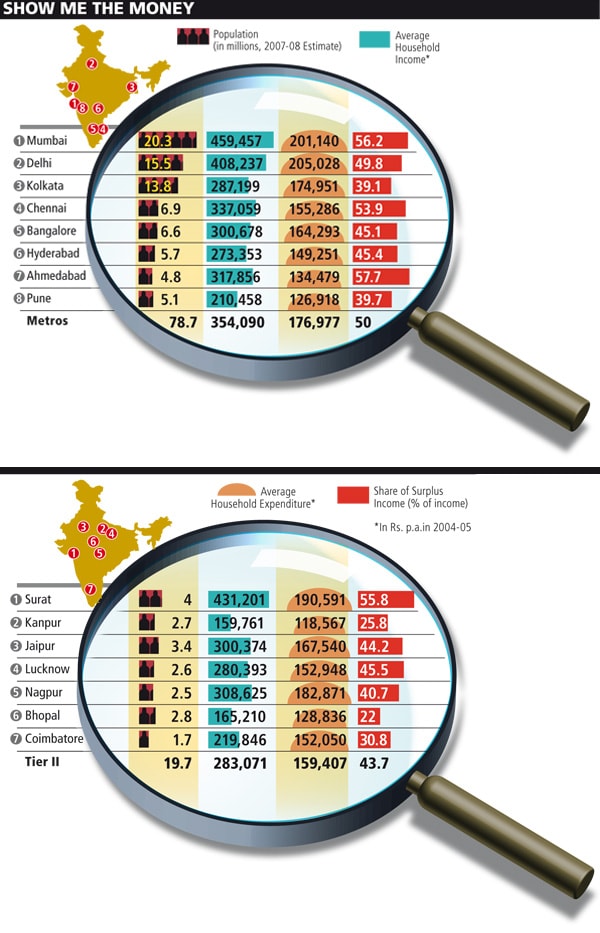
The Rise & Fall of Lalit Modi
The suspended IPL chairman got many things right as he designed the IPL but his controversial style caused him to fall faster than Lucifer
Perhaps, this is an apocryphal tale. Not that there is any reason to doubt its authenticity. But then, the way things are, there is no way to authenticate it either. The story goes like this. Before the Indian Premier League’s (IPL) third season took off, Lalit Modi, former commissioner of the league, made a close friend of his an offer, Modi thought was irresistible.
For Rs. 5 crore, Modi’s friend could buy the rights to have his company’s name plastered on a blimp that would float over stadiums where league matches are played. The mileage it could possibly attract, Modi argued, was worth a lot more than the Rs. 5 crore he was asking for.
His friend, the scion of a prominent tyre manufacturing company in the country thought it too expensive a deal and declined. Modi then took the proposal to MRF, his friend’s arch rival, who saw value in the offer and bought into Modi’s pitch. Estimates vary on how much Modi sold the rights to MRF for. But consensus is, it was anywhere between Rs. 12 crore and Rs. 18 crore.
As the season started to roll, Modi’s friend figured he’d lost out on a sweet deal. And so the next time he met Modi at a league match in New Delhi, he admitted he’d made the wrong call; and that Modi ought to figure a way out to get his brand into the IPL. Modi pointed to the 30 yard circle in the stadium and offered his friend, a buddy from his days at school, an opportunity to re-brand the circle with his company’s name for Rs. 30 crore. “30 friggin’ crores!” the friend yelled and baulked. Modi didn’t blink. “You didn’t take it when I offered you a sweet deal. This is the best I can do now,” he said. A few moments of awkward silence followed.
Then Modi asked his friend to look around the stand they were seated in. The people there included the who’s who of India’s political and business establishments. All of them, Modi told his friend, he could get them to do whatever he wanted. But there was one man he was mortally terrified of – current home minister P. Chidambaram, with whom Modi had burnt his bridges before IPL’s Season 2 took off last year.
Apparently, Modi had gone to the home minister’s office to seek clearances for the league matches. But in an appalling breach of protocol, he refused to wait for his turn to meet Chidambaram and instead attempted to barge into the minister’s office. Now, Chidambaram is the kind of man who doesn’t suffer either fools or arrogance and promptly asked Modi to leave. A miffed Modi said some daft things, stormed out of the room and eventually created an altogether avoidable controversy that snowballed into Season 2 being shifted to South Africa.








